Inventions
Sphoon_Phork
A new device, calling itself the sphoon_phork, promises to transform your iPhone into a spoon or fork, so that you can eat with it as you browse social media.It’s currently seeking funding as a kickstarter project.


Posted By: Alex - Tue Jan 29, 2019 -
Comments (5)
Category: Inventions
The car that’s like a bicycle
Nasser Al Shawaf was frustrated by the fact that he didn't get any exercise when he drove to work. So he teamed up with Dutch firm BPO and together they've created a car that has bicycle pedals instead of a gas pedal. So, you have to pedal to get your car to move. The faster you pedal, the faster it goes. The brake is controlled with a hand lever. The details:I suppose it would provide a disincentive to speeding if you had to pedal like crazy to keep going fast. So in that sense it's similar to the Deaccelerator that I posted about recently. Though it might make it hard to overtake people. After all, what if you got tired as you were trying to frantically pedal? And what if you were in mixed driving conditions where you had to switch rapidly from slow to fast speeds? How easy would it be to transition from slow to fast mode? Overall, I can only see this having very limited appeal.
More details.


Posted By: Alex - Sun Jan 20, 2019 -
Comments (4)
Category: Bicycles and Other Human-powered Vehicles, Inventions, Cars
The Cow Toilet
Developed by the Dutch firm Hanskamp. How it works:(Today I learned that cow's have a urine reflex!) Once the urine has been collected, it can be processed to produce fertilizer, or even be used to generate electricity. Most importantly, it isn't polluting the ground.
The video below (which is in Dutch) shows the device in action. The demonstration begins at about 1:15. Warning: if you're really squeamish it might gross you out because it does show cows peeing.
Posted By: Alex - Sat Jan 19, 2019 -
Comments (1)
Category: Inventions, Cows, Body Fluids
Coolmen
A new device that promises to help treat male infertility by keeping your little men cool. From the manufacturer's website:More info: India Times,
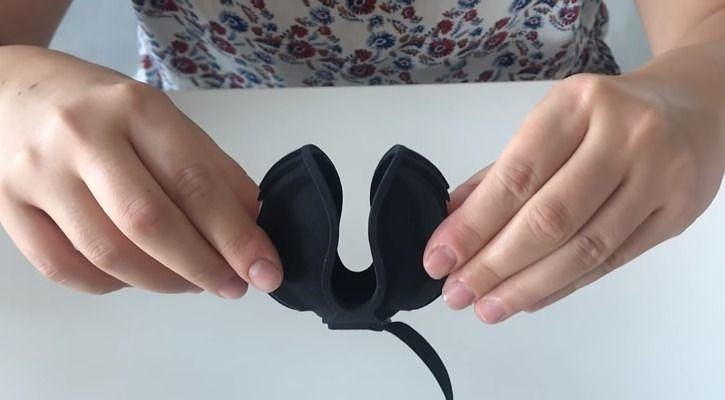
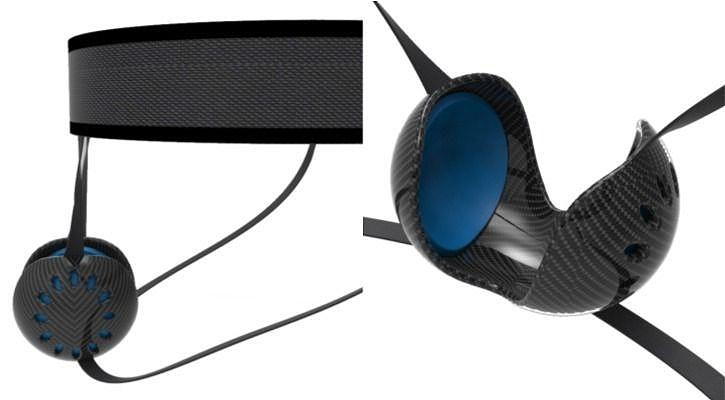
Posted By: Alex - Tue Jan 08, 2019 -
Comments (2)
Category: Inventions, Genitals
The Deaccelerator
Richard Schulman's solution to the problem of speeding: make it harder for motorists to step on the gas pedal. From the Chicago Tribune (Nov 20, 1986):Schulman invented it in the mid-1980s, and even started a company, the Deaccelerator Corporation, to market it. As of 2005, he was still publishing about it, but evidently the idea met with resistance (pun intended) since I'm not aware of any cars equipped with the device. The people who need it most would be exactly the ones who would refuse to buy a car that had one.
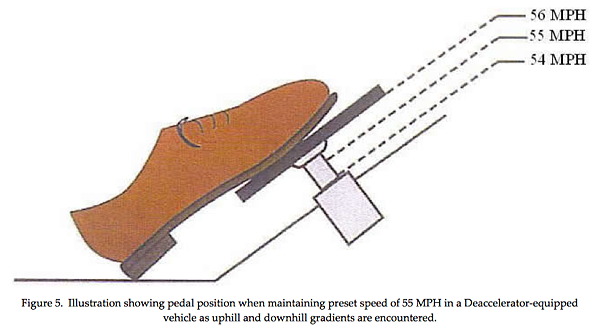
Posted By: Alex - Sun Jan 06, 2019 -
Comments (6)
Category: Inventions, 1980s, Cars
The Masculine Toilet
It's a toilet specially designed for men who suffer from being too well endowed. It's been in the news recently because the current acting Attorney General, Matthew Whitaker, once worked as the lawyer for the company that patented (or sought to patent) it. From the 2014 press release announcing the "Masculine Toilet":The Masculine Toilet reminds me of the Toilet Sanitary Shield For Men, which we posted about back in 2015. That was another device designed for men with oversized equipment.
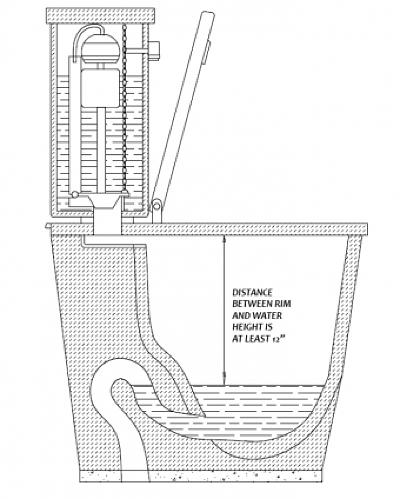
Posted By: Alex - Fri Nov 16, 2018 -
Comments (2)
Category: Bathrooms, Inventions, Patents
Smalt
It was intended to be a hi-tech salt shaker that could play music, had mood lights, and could sync with Amazon’s Alexa, while also dispensing salt in measured amounts. Plus it would track your salt intake. Its creators were looking for $25,000 in crowdfunding to start production, but only raised $9426.More info: indiegogo

Posted By: Alex - Tue Oct 16, 2018 -
Comments (5)
Category: Inventions, Technology
Compliment Mirror
A new, weird invention from Japan. A mirror that compliments you. More info from JapanTrends.com:This reminds me of the Digital Wife I posted about recently. Seems like another device aimed at the large number of Japanese people who seem to live alone.
The company website

Posted By: Alex - Fri Oct 12, 2018 -
Comments (2)
Category: Inventions, Technology, AI, Robots and Other Automatons, Love & Romance
Invention Merit Badge
The Invention Merit Badge has the distinction of being the least-earned boy scout merit badge ever. Only 10 people ever earned it. The primary reason for this being that it required a scout to "invent and patent some useful article," which was a pretty high bar to set. After only three years the scout organization decided it was too much of a challenge and discontinued the badge. So it was only offered from 1911 to 1914. It was eventually replaced in 2010 by an Inventing badge which didn't have the patent requirement.Enthusiasts of scout history have tried to figure out who the 10 winners of the badge were and what they invented, but so far it seems that only one of the patents has been identified. It was a "uniform coat with a removable false sleeve on which Scouts could sew merit badges and rank badges," patented by Graeme Thomas Smallwood of Washington, D.C.
More info: Scouting Magazine, "History of the Invention Merit Badge" [pdf]
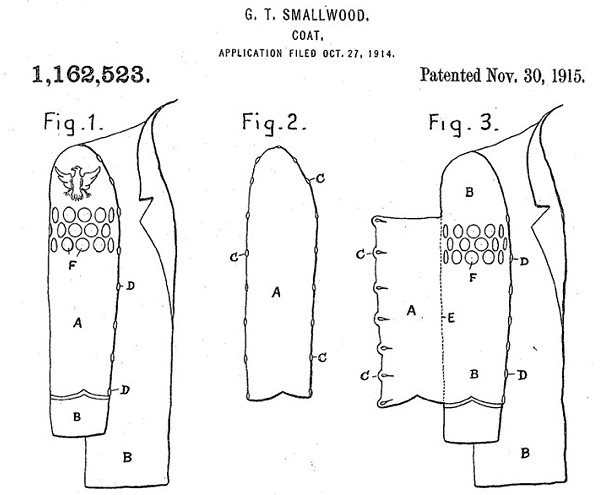
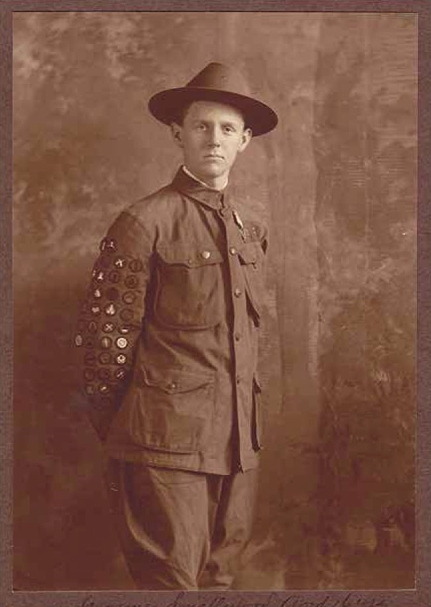
Graeme Smallwood
Posted By: Alex - Fri Oct 05, 2018 -
Comments (0)
Category: Clubs, Fraternities and Other Self-selecting Organizations, Inventions, Patents, 1910s
Whisper Seat
Patent awarded to Paul Bungo of Ambridge, Pennsylvania - July 20, 1971:Another object is to provide a whisper seat which accordingly will eliminate the embarrassment to an occupant of a bath room that persons outside thereof have heard him during a bowel movement.
I can't imagine that this invention actually worked, because how would it stop the sound from coming out from between your legs?

Posted By: Alex - Tue Oct 02, 2018 -
Comments (3)
Category: Inventions, Patents, Flatulence, 1970s

| Who We Are |
|---|
| Alex Boese Alex is the creator and curator of the Museum of Hoaxes. He's also the author of various weird, non-fiction, science-themed books such as Elephants on Acid and Psychedelic Apes. Paul Di Filippo Paul has been paid to put weird ideas into fictional form for over thirty years, in his career as a noted science fiction writer. He has recently begun blogging on many curious topics with three fellow writers at The Inferior 4+1. Contact Us |




